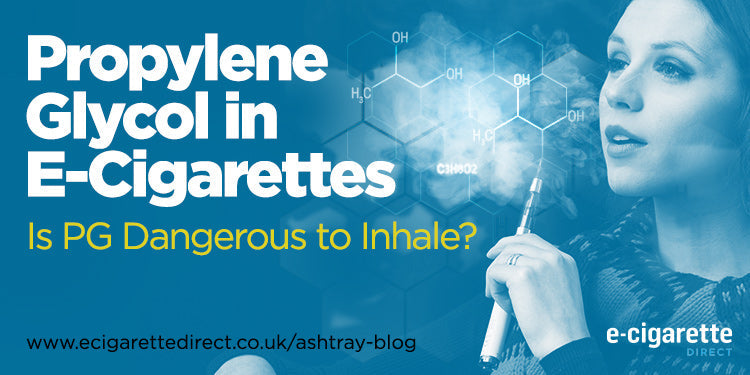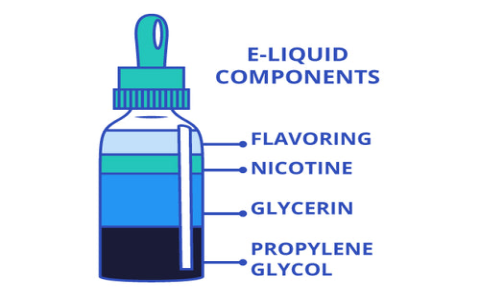Propylene glycol (PG) is a key ingredient in e-liquids for e-cigarettes, acting as a solvent to vaporize nicotine and flavorings while producing the characteristic aerosol.
Typical Propylene Glycol Levels
In most commercial e-cigarettes, PG levels typically range from 50% to 90% of the e-liquid composition, with vegetable glycerin (VG) making up the remainder. Variations depend on product formulations and user preferences, such as higher PG for throat hit or lower for smoother vapor.

Potential Health Risks
- Short-term irritation: Inhalation can cause throat dryness, coughing, or allergic reactions like contact dermatitis in sensitive individuals.
- Long-term exposure concerns: Under high-heat vaping conditions, PG can degrade into toxic compounds such as formaldehyde, which is linked to increased cancer risk and respiratory inflammation.
- Comparative risks: While the FDA classifies PG as “Generally Recognized as Safe” (GRAS) for ingestion in foods, inhalation risks differ; regular vaping may exacerbate asthma or contribute to chronic bronchitis.
Key Takeaways
Minimize risk by choosing reputable products with transparent ingredient lists, avoiding excessive puffing or high-power devices, and consulting healthcare providers for personalized advice. Switching to nicotine-free alternatives or cessation reduces exposure significantly.










